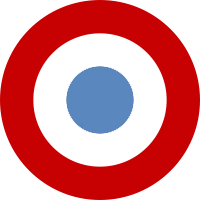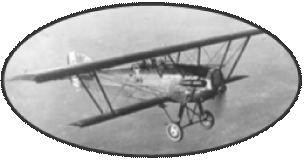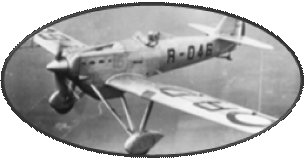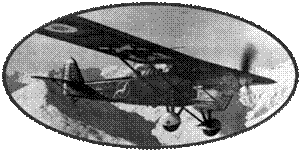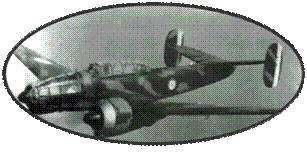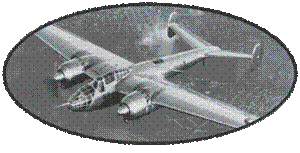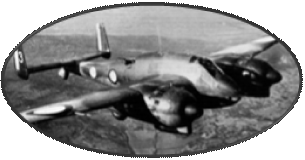769
Dewoitine D520 have been built since the date of the first flight
on October 2, 1938 . They are divided into :
- 437 built before the Armistice
-
332 built
after the Armistice
To
date, out of the 769 aircrafts
manufactured
, 528 are
listed in the list below :

In June
1936, the Air Force issued a C1 program for a single-seater fighter
capable of flying at 500km / h and armed with a cannon and 2 machine
guns or 2 cannons. This program is rapidly modified to impose
a minimum speed of 520 km / h, in order to avoid having outdated
appliances as soon as they are put into service 2 or 3 years later.
The D520 presented by the company Dewoitine, is retained, like
the Morane 405, the CAO 200. Others will be attached later as
the Bloch 152 and the Arsenal VG33. The French aeronautical industry
was then in full nationalization, and the company Dewoitine became
the SNCAM. All these changes considerably delay the development.
Two prototypes are ordered on 3 April 1938, but the first will
only fly on October 2, in the hands of the famous test pilot,
Marcel DORET. It is powered by a Hispano-Suiza HS 12Y21 of 890Cv
with, initially, a two-bladed wooden propeller. He quickly received
a metal three-bladed propeller, but the tests were delayed following
a landing on his belly. These first tests resulted in the removal
of the wing radiators in favor of an enlarged ventral radiator
in order to improve performance. The second prototype made its
first flight in January 1939. It receives a sliding canopy, and
its rudder is enlarged. He joined the CEMA of Villacoublay where
he was joined by the 3rd prototype, now equipped with an HS12Y31
engine. The latter made his first flight on May 5, 1939.
A first order for
200 machines was launched in March 1939, for delivery between
September and December, with 100 aircraft in service scheduled
for that date. The series aircraft are slightly different from
the prototypes: they are equipped with Hispano-Suiza 12Y45 engine
with 945Cv compressor on take-off, the tail shell is replaced
by a wheel, and the visibility of the pilot is improved. But as
often at this time, the forecasts of deliveries are very optimistic.
Problems with weapon development and engine cooling problems are
delaying production. The first aircraft delivered in January 1940,
will equip an experimental squadron, created with personnel of
the GCI / 3, With the aim of ending the development. Production
is proceeding very slowly. On 1 April 1940, 139 D520 were manufactured,
but only 32 were delivered to the EAA301 ... During the German
offensive on 10 May 1940, 228 were built for 75 deliveries. Yet
at that date, production was finally in full swing, with 100 machines
assembled per month, and at the Armistice, 330 D520 could be taken
into account. On 10 May 1940, only the GC I / 3 was fully equipped,
the GC II / 3 and the GC II / 7 were undergoing transformation,
soon followed by GC III / 3 and GC III / 6. All these Fighter
Groups are sent to North Africa from the 10th of June, in order
to putting under cover, the maximum of Dewoitine D520. At the
armistice, on June 25, 1940, 437 Dewoitine had been built, 106
were destroyed in combat, but especially by accident: the aircraft
was delicate in piloting.
After the Armistice,
the Germans authorized the resumption of manufacture of the D520
to equip the Air Force of Vichy: 332 additional exemplaries are
thus manufactured, for 500 planned. Some of them had to face the
Allied forces during Operation "Torch" in November 1942 (disembarkation
of the Allies in North Africa).
After the dissolution of the Vichy Air Force, the D520s were used by the French Free Forces in North Africa, and later, on French territory, during the reduction of the Atlantic pockets. The Germans also use our D520s: some for the training of their pilots, while others are sent to their allies Romanians, Italians, or even Bulgaria. Finally, after the war, the D520 survivors were transformed into a double command and remained in service until 1953.
The record of the
brief use of this fighter is rather flattering: 108 likely victories
and 10 sure during the campaign of France for the loss of 26 aircraft.
Some pilots will win victories on board, such as Second Lieutenant
Madon with 10 victories, or Chief Warrant Officer Le-Gloan who
shoots 5 enemies in a single exit.
This plane, less docile than a Curtiss H75 for example, demanded a real piloting. It was less fast than the Messerschmitt ME109E, but more maneuverable and faster in dive.
The Dewoitine D520 was only produced in one version. One can cite however the D520 S which was elaborated after the armistice with the agreement of the occupants. The latter having prohibited the use of the Hispano 12Y51 and 12Z engines deemed to be too efficient to equip the D520 assembled after the armistice, the only possible improvement was aerodynamics and discreet modifications of the original engine
The SNCASE design office therefore focused on eliminating any stray trails. The main changes are:
- Sealing of wheel housings
- Replacing oil cooler with exchanger
- New water cooler fairing
- Improvement of the exterior surfaces of the apparatus: clogged cannon holes, hinged areas covered with canvases, ..
- Installation of new reaction exhaust pipes: 30 Cv gain
- The installation of a "Szydlowski" compressor at a higher speed with a gain of 20 km / h
All of these improvements made it possible to gain 0.65 on the 100 Cx with a maximum speed expected of 575 km / h. The tests of the Dewoitine 520 N ° 465 thus equipped made it possible to reach a maximum speed of 568 km / h at 6900 m.
Although this prototype made its last flight in August 1942, some improvements like the new compressor were introduced on assembly lines.
